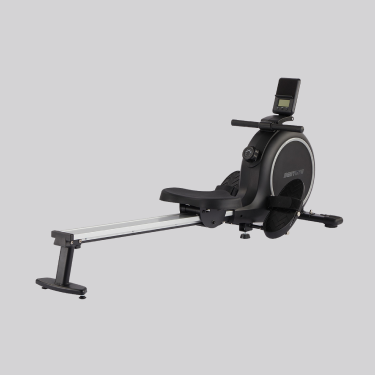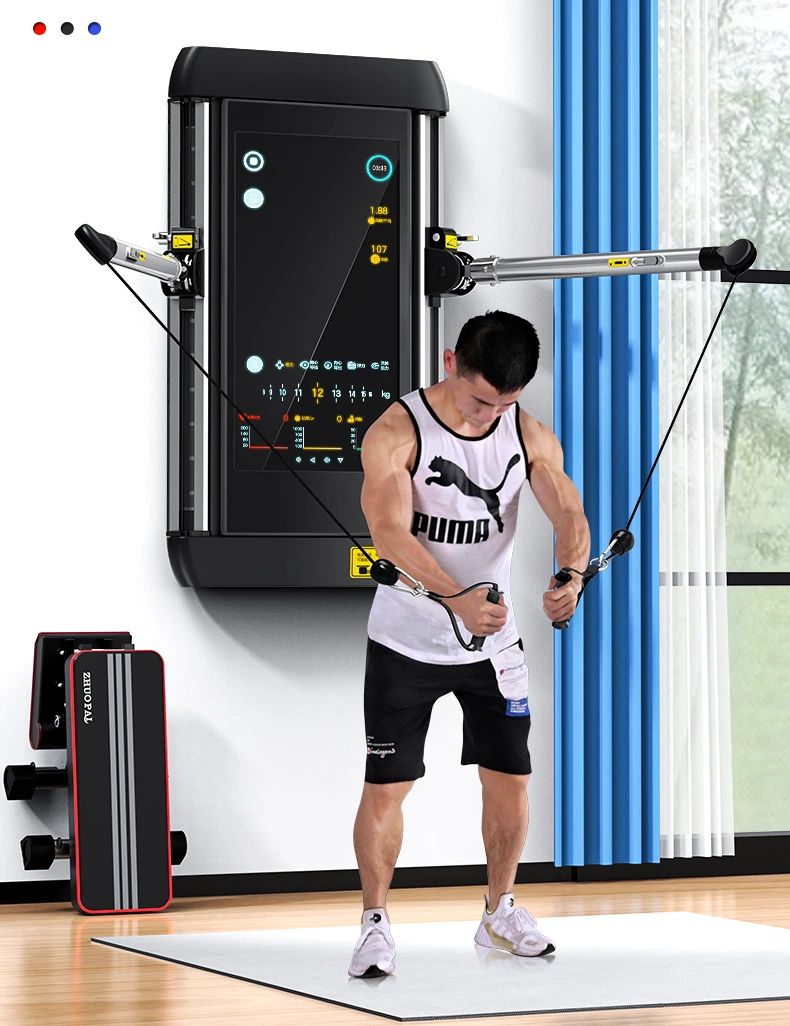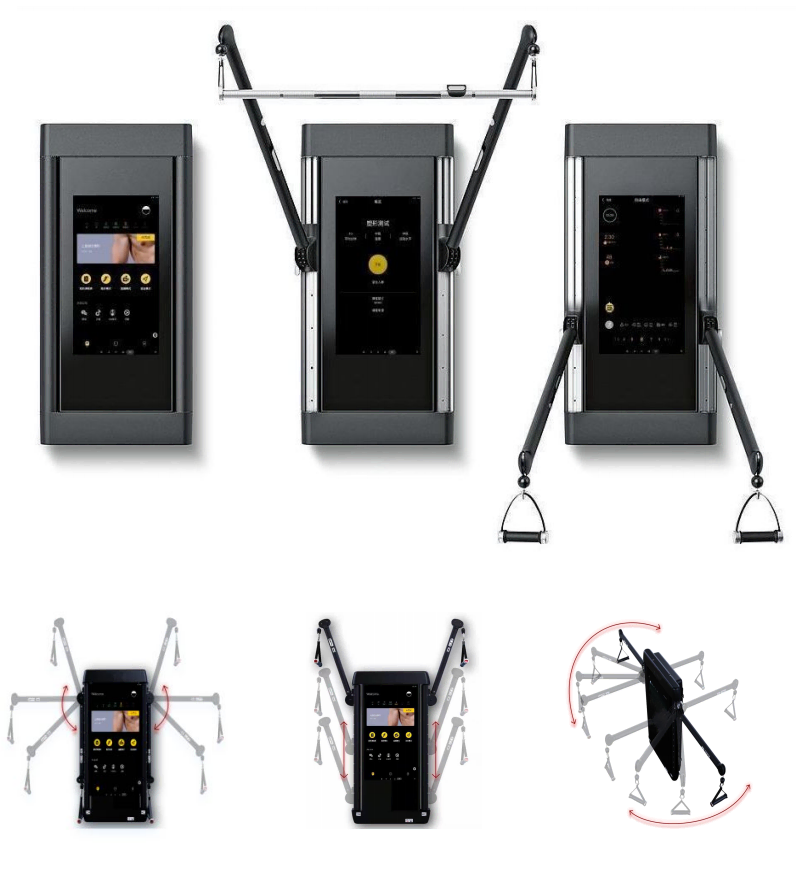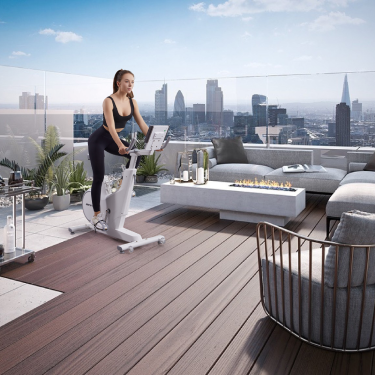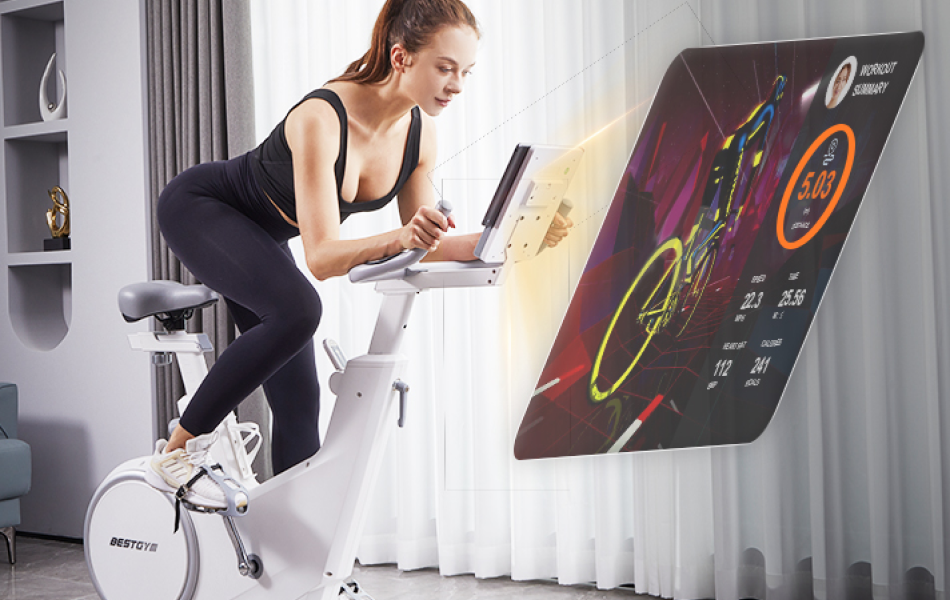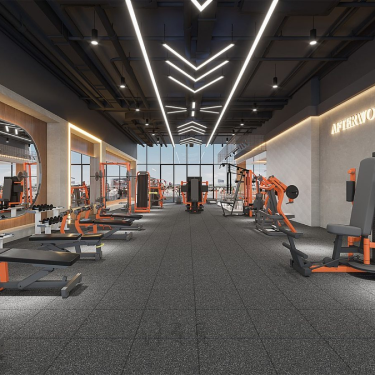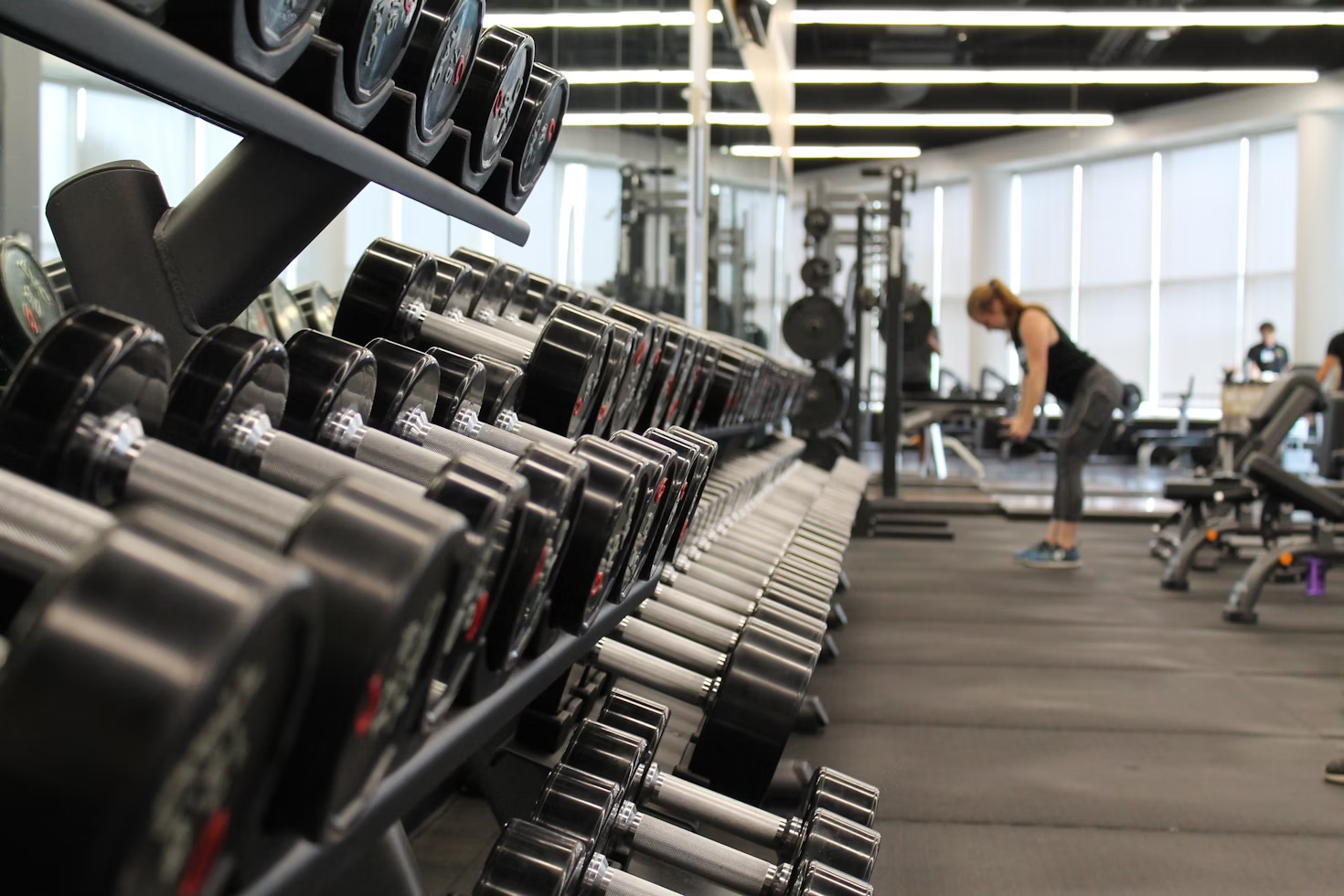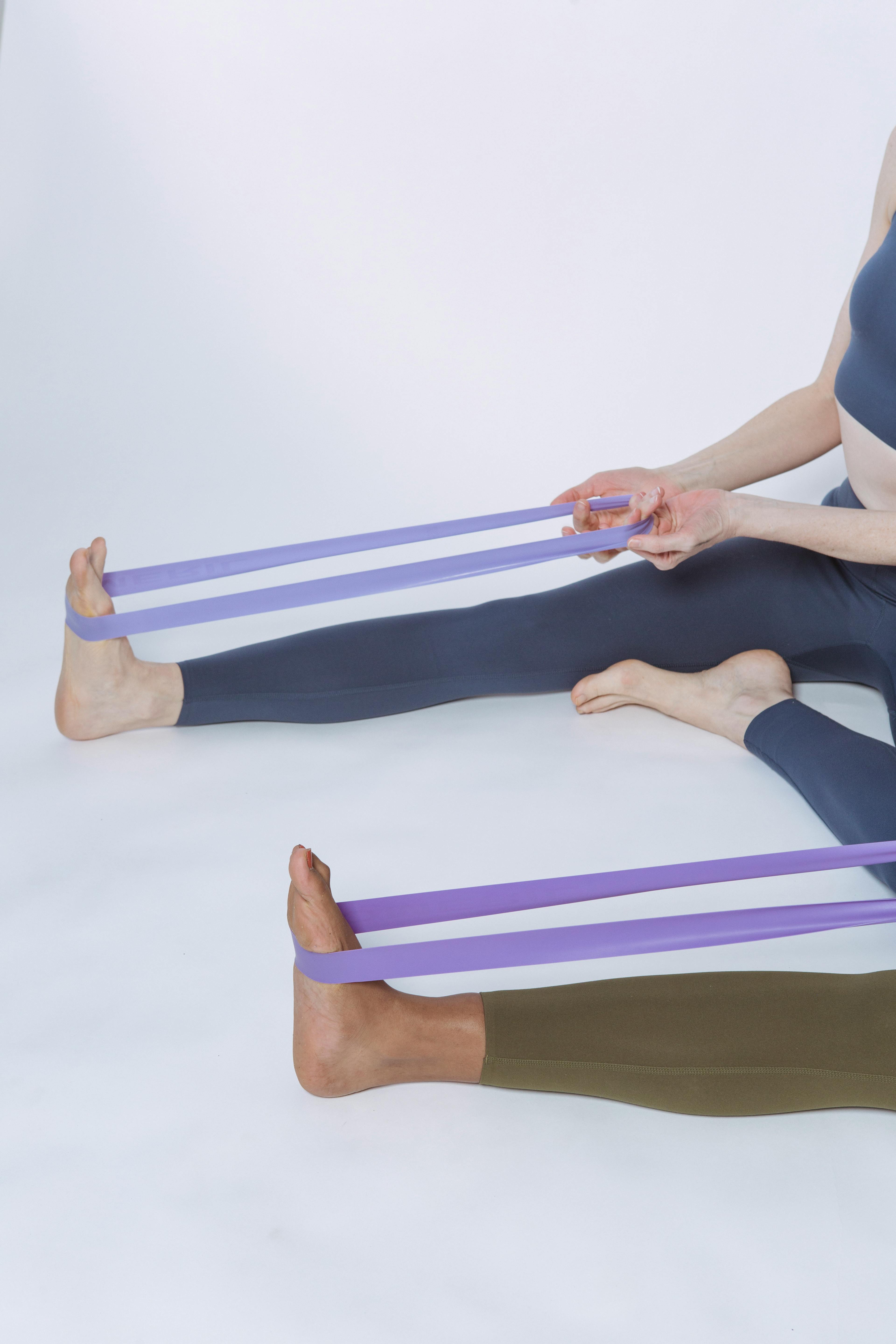What is a Good Speed on an Exercise Bike for Effective Workouts?
When it comes to using an exercise bike, one of the most common questions is, "What speed should I be cycling at?" Determining the optimal speed is crucial for achieving your fitness goals, whether it's weight loss, endurance training, or cardiovascular health. This article will explore various aspects of cycling speed on an exercise bike, providing comprehensive insights to help you maximize your workouts.
Understanding Stationary Exercise Bike Speed: A Comprehensive Guide
Cycling speed on an exercise bike can significantly impact the effectiveness of your workouts. By understanding the basics of speed measurement, the role of resistance, and how these factors interplay, you can tailor your exercise sessions to meet your fitness objectives. Let's delve into the fundamentals of what makes a good cycling speed. Experience the durability and performance of a gym-quality stationary bike at home. 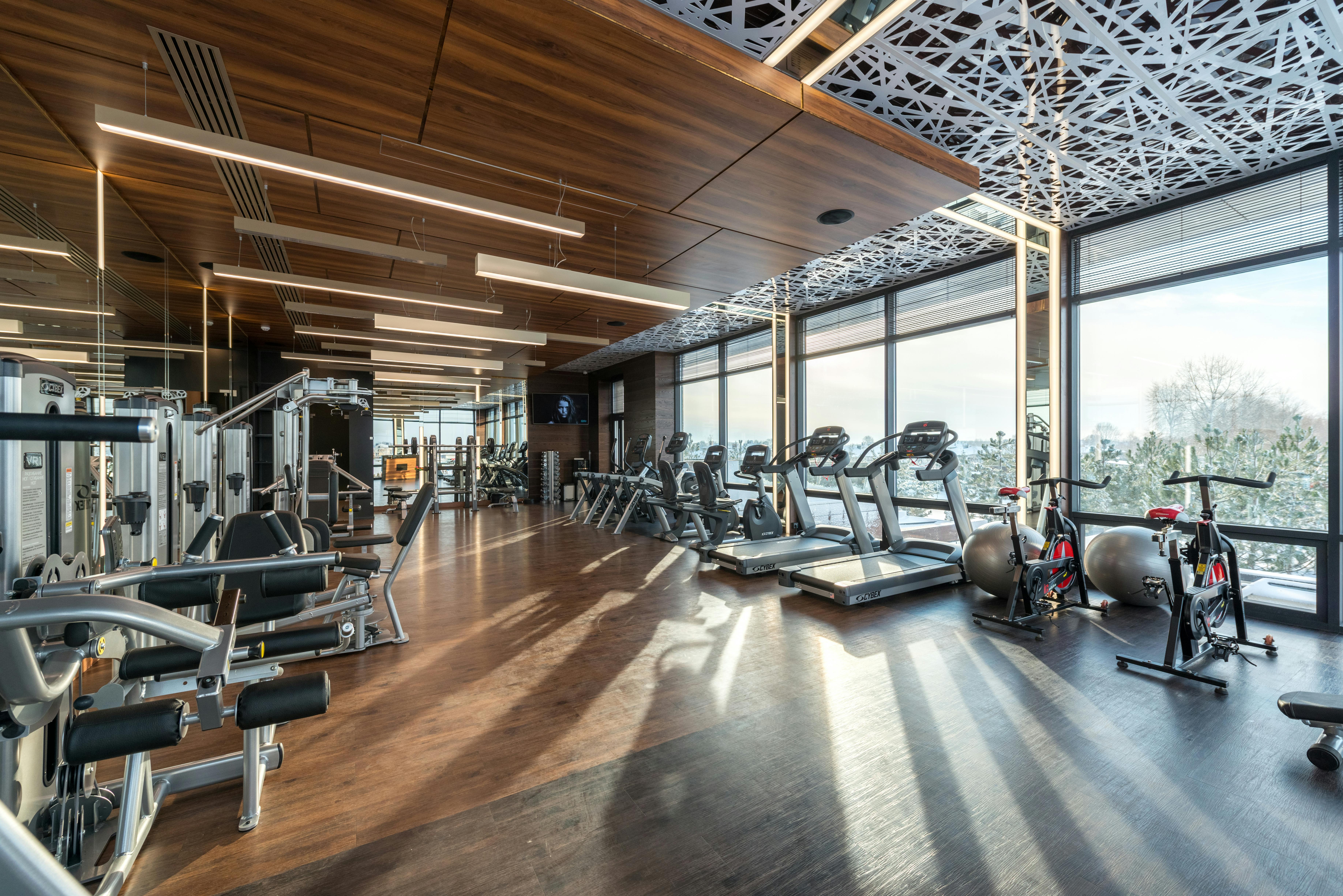
The Basics of Cycling Speed
Cycling speed on an exercise bike is typically measured in revolutions per minute (RPM) or miles per hour (MPH). RPM measures how many times the pedals complete a full revolution in one minute, while MPH indicates the distance covered per hour. Both metrics are essential for tracking your performance and setting targets for improvement.
The Role of Resistance
Speed alone doesn't determine the effectiveness of your workout; resistance plays a significant role too. Combining speed with the right level of resistance can help you build strength and endurance. For instance, pedaling at a high speed with low resistance might improve your cardiovascular health, but incorporating higher resistance can enhance muscle tone and overall fitness.
Good Stationary Bike Speed Recommendations Based on Fitness Goals
The speed you maintain on an exercise bike should align with your specific fitness goals. Whether you are aiming to lose weight, build endurance, or engage in high-intensity interval training (HIIT), different speeds can help you achieve these objectives. Here, we break down recommended speeds for various fitness targets.
1. Weight Loss and Fat Burning
For those aiming to lose weight, maintaining a moderate speed with consistent effort is key. Aim for an RPM of 60-80, which is often sustainable over longer periods. This pace helps in burning calories effectively while keeping the intensity manageable. Incorporating intervals of higher speed (80-100 RPM) can also boost your metabolism and aid in fat loss.
2. Endurance Training
Building endurance requires a steady and sustainable speed that you can maintain over extended sessions. An RPM of 50-70 is generally recommended for endurance workouts. This lower speed allows you to cycle for longer durations without excessive fatigue, gradually improving your stamina and cardiovascular health.
3. High-Intensity Interval Training (HIIT)
HIIT involves alternating between short bursts of high-speed cycling and recovery periods at a lower speed. During the high-intensity phases, aim for an RPM of 80-100 or higher, depending on your fitness level. Recovery periods can be at a comfortable pace of 40-60 RPM. This type of training is highly effective for improving cardiovascular fitness and burning calories in a shorter amount of time.
Key Factors Influencing Optimal Speed on a Stationary Exercise Bike
Several factors influence what constitutes an optimal speed on an exercise bike. These include individual fitness levels, the type of bike used, and personal goals and preferences. Understanding these variables can help you determine the best speed for your workouts, ensuring you get the most out of each session. The magnetic tension exercise bike provides smooth and quiet resistance for a challenging yet comfortable workout experience.
1. Individual Fitness Levels
Your current fitness level significantly impacts what constitutes a "good" speed for you. Beginners might find lower speeds more manageable, while seasoned cyclists can handle higher speeds and greater resistance. It's important to start at a pace that feels comfortable and gradually increase intensity as your fitness improves.
2. Different Types of Exercise Bike
The type of exercise bike you're using—upright, recumbent, or spin bike—can also influence your optimal speed. Spin bikes, for example, are designed for higher intensity and can handle faster speeds, making them suitable for HIIT workouts. Recumbent bikes, on the other hand, offer a more relaxed seating position and might be better suited for steady-state cardio at moderate speeds.
3. Personal Goals and Preferences
Your personal fitness goals and preferences play a crucial role in determining the right speed. If you enjoy high-energy, fast-paced workouts, you might naturally gravitate towards higher speeds. Conversely, if you prefer longer, more meditative sessions, a moderate pace might be more appealing. Listen to your body and adjust your speed to match your goals and enjoyment.
The Importance of Warm-Up and Cool-Down on an Stationary Exercise Bike
Warm-up and cool-down phases are essential components of any effective exercise routine. They prepare your body for the workout ahead and aid in recovery afterward. Incorporating proper warm-up and cool-down periods can enhance performance, reduce injury risk, and improve overall workout quality. 
Warming Up
Before diving into your main workout, it's essential to warm up your muscles to prevent injury and prepare your body for the upcoming effort. Start with 5-10 minutes of cycling at a low speed (30-50 RPM). This gentle pace increases blood flow to your muscles, raises your heart rate gradually, and improves flexibility.
Cooling Down
Equally important is the cool-down phase, which helps your body transition back to a resting state. After your main workout, spend 5-10 minutes cycling at a low speed (30-50 RPM). This helps reduce muscle stiffness, prevent blood pooling in your legs, and promote overall recovery.
Monitoring Your Progress on a Stationary Exercise Bike: Tips and Tools
Tracking your progress is crucial for maintaining motivation and achieving long-term fitness goals. Utilizing fitness apps, wearable devices, and the built-in features of your exercise bike can provide valuable insights into your speed, distance, and calorie burn. Regularly monitoring these metrics can help you adjust your workouts for continual improvement.
Using Fitness Apps and Devices
Modern exercise bikes often come equipped with digital displays and connectivity options to track your speed, distance, and calories burned. Additionally, fitness apps and wearable devices can provide detailed insights into your performance, helping you monitor progress and set new goals. Tracking your speed over time can motivate you to improve and stay committed to your fitness journey.
Setting Realistic Goals
Setting realistic and achievable goals is essential for maintaining motivation and measuring progress. Whether it's increasing your speed by 5 RPM every few weeks or aiming for a specific distance within a set time, having clear targets can guide your workouts and provide a sense of accomplishment.
The Role of Proper Form and Technique
Maintaining proper form and technique on an exercise bike is vital for preventing injuries and ensuring effective workouts. Good posture and an efficient pedaling technique not only enhance performance but also contribute to a more enjoyable exercise experience. Let's explore the key aspects of form and technique. Fitness stationary bikes offer a versatile and effective cardiovascular workout solution.
Maintaining Good Posture
Good posture on an exercise bike ensures effective workouts and reduces the risk of injury. Keep your back straight, shoulders relaxed, and core engaged. Adjust the bike's seat and handlebars to suit your height, ensuring that your knees have a slight bend at the bottom of each pedal stroke.
Efficient Pedaling Technique
An efficient pedaling technique involves more than just pushing down on the pedals. Focus on a full circular motion, pulling up as well as pushing down. This engages more muscle groups, improves your speed, and enhances overall efficiency.
How to Balance Speed with Other Workout Variables on an Exercise Bike
Finding the right balance between speed, resistance, and duration is essential for a well-rounded exercise routine. Balancing these variables can help you avoid overexertion and ensure that your workouts are both challenging and sustainable. This section will provide guidance on achieving this balance for optimal results.
Resistance and Cadence
Finding the right balance between speed (cadence) and resistance is crucial for effective workouts. Too much resistance with low speed can lead to fatigue and potential strain, while too little resistance with high speed might not provide enough challenge. Experiment with different combinations to find what works best for your fitness goals.
Duration of Workouts
The duration of your workouts should align with your fitness goals and current fitness level. Beginners might start with 20-30 minute sessions at a moderate speed, gradually increasing the duration as their endurance improves. More experienced cyclists can aim for longer sessions, incorporating intervals of varying speeds and resistance.
Best Nutrition and Hydration Tips for Optimal Performance on an Exercise Bike
Proper nutrition and hydration are fundamental to achieving and maintaining good speed on an exercise bike. Eating the right foods before and after your workout, as well as staying hydrated, can significantly impact your performance and recovery. Here, we discuss the best practices for fueling your body.
Pre-Workout Nutrition
Fueling your body properly before a workout can significantly impact your performance and energy levels. Consume a balanced meal or snack containing carbohydrates and protein 1-2 hours before cycling. This provides the necessary energy for maintaining a good speed and sustaining your effort.
Staying Hydrated
Hydration is critical for maintaining performance, especially during high-intensity or longer workouts. Drink water before, during, and after your cycling sessions. Consider using electrolyte-enhanced beverages for extended or particularly intense workouts to replace lost minerals and maintain hydration.
Listening to Your Body While Using an Exercise Bike: Key Signs and Tips
Listening to your body is crucial for a safe and effective workout routine. Recognizing the signs of overexertion and being willing to adjust your speed and intensity accordingly can prevent injuries and ensure long-term fitness success. This section emphasizes the importance of body awareness during exercise.
Recognizing Signs of Overexertion
While pushing yourself is important for progress, it's equally crucial to recognize the signs of overexertion. If you experience dizziness, severe shortness of breath, or chest pain, reduce your speed and intensity immediately. Listen to your body and prioritize safety and well-being over achieving specific speed targets.
Adapting to Your Body's Needs
Your body's needs and capabilities can vary from day to day based on factors like sleep, stress, and overall health. Be flexible with your workouts, adjusting your speed and intensity to match how you feel. This adaptive approach helps prevent burnout and keeps your fitness journey sustainable and enjoyable.
Top Features to Look for When Choosing a Stationary Exercise Bike
When selecting an exercise bike, several key features can significantly impact your workout experience and fitness goals. Understanding these features will help you make an informed decision that aligns with your needs and preferences. Whether you're a beginner or an experienced cyclist, here are the top features to consider:
1. Resistance Levels
One of the most critical features of an exercise bike is its resistance system. Resistance levels determine how hard you have to pedal to create intensity in your workouts. Look for bikes that offer a variety of resistance settings, whether through magnetic resistance, air resistance, or friction resistance. This versatility allows you to adjust the difficulty of your workouts, making it suitable for both beginners and advanced users.
2. Workout Programs
Many modern exercise bikes come equipped with built-in workout programs designed to simulate various cycling conditions. These programs can include interval training, hill climbs, and heart rate-based workouts. Having access to diverse workout programs can add variety to your routine, keep you motivated, and help you achieve specific fitness goals more effectively.
3. Display Console
A clear and easy-to-read display console is essential for tracking your workout progress. Look for bikes with consoles that provide information such as speed, distance, time, calories burned, and heart rate. Some advanced consoles may also offer Bluetooth connectivity, allowing you to sync with fitness apps for detailed tracking and analysis of your performance over time.
4. Comfort and Adjustability
Comfort is key to enjoying your exercise bike sessions. Look for bikes with adjustable seats and handlebars to ensure proper posture and comfort during workouts. Seats should be padded and ergonomically designed to prevent discomfort or numbness during longer rides. Additionally, consider bikes with adjustable pedal straps or clip-in pedals to accommodate different shoe sizes and provide a secure fit.
5. Build Quality and Stability
Choose an exercise bike with a sturdy frame and stable base to ensure safety and durability. Higher-quality bikes are often made from steel or aluminum and have a substantial weight capacity. Check user reviews and product specifications to gauge the bike's stability and resistance to wobbling or rocking during intense workouts.
6. Size and Space Requirements
Consider the size and footprint of the exercise bike, especially if you have limited space in your home or apartment. Some bikes are compact and foldable, making them easier to store when not in use. Measure the available space where you plan to place the bike and compare it with the bike's dimensions to ensure a proper fit.
7. Quiet Operation
Noise levels can be a concern, especially if you live in an apartment or share space with others. Look for exercise bikes that operate quietly, particularly those with magnetic resistance systems, which tend to produce less noise compared to friction-based systems. Quiet operation allows you to work out without disturbing others or being distracted by loud mechanical sounds.
8. Additional Features and Accessories
Consider any additional features or accessories that may enhance your workout experience. This could include water bottle holders, device holders for entertainment or workout apps, built-in speakers, or USB charging ports. While these features may not be essential, they can contribute to a more enjoyable and convenient workout session.
A Comprehensive Guide to Reading and Understanding Your Exercise Bike Manual
Understanding your exercise bike manual is essential for maximizing your workout experience and ensuring safe usage. Here’s a detailed guide to help you navigate and comprehend the information provided in your exercise bike manual:
1. Introduction to Your Exercise Bike
Begin by familiarizing yourself with the introductory section of the manual. This typically includes an overview of the bike's features, specifications, and intended use. Pay attention to any warnings, safety precautions, and maintenance tips outlined at the beginning to ensure proper handling and longevity of your bike.
2. Assembly Instructions
Most exercise bike manuals include step-by-step assembly instructions. Follow these carefully to correctly set up your bike. Check that all parts and accessories are included before starting assembly. Use the provided tools and follow the diagrams or illustrations provided in the manual to avoid mistakes and ensure the bike is properly assembled for safe use.
3. Functional Overview
The manual will detail the various functions and settings of your exercise bike. This includes how to adjust seat height, handlebar positions, and pedal resistance. Take the time to understand each function and how it affects your workout experience. Knowing how to properly adjust these settings will help optimize your comfort and performance during workouts.
4. Using Pre-set Programs
Many exercise bikes come with pre-set workout programs designed to simulate different cycling conditions, such as hills or intervals. The manual should explain how to select and use these programs effectively. Understand the goals and intensity levels of each program to tailor your workouts to your fitness objectives.
5. Monitoring Your Performance
Learn how to use the bike's console to monitor your performance metrics, such as speed, distance, time, calories burned, and heart rate (if applicable). The manual will provide instructions on how to operate the display, reset counters, and interpret the data displayed. This information is crucial for tracking progress and adjusting your workouts accordingly.
6. Maintenance and Care
Proper maintenance is vital for keeping your exercise bike in good working condition. The manual will outline routine maintenance tasks, such as lubricating moving parts, tightening bolts, and cleaning the bike regularly. Follow the maintenance schedule provided to prevent premature wear and ensure safe operation over time.
7. Troubleshooting and Support
Inevitably, you may encounter issues or technical difficulties with your exercise bike. The manual should include a troubleshooting section with common problems and solutions. Refer to this section if you experience issues with the bike's operation or performance. Additionally, familiarize yourself with the manufacturer's contact information and warranty details for further assistance if needed.
Reading and understanding your exercise bike manual is essential for making the most of your equipment and ensuring safe and effective workouts. By following the comprehensive guide provided in the manual, you'll gain confidence in using your bike correctly, optimizing its features, and maintaining its performance for years to come. Take the time to review and refer back to the manual as needed to enhance your exercise experience and achieve your fitness goals.
What is a Good Speed on an Exercise Bike for Beginners?
For beginners, finding a comfortable and sustainable speed is crucial to building a solid foundation for future progress. A good starting speed is typically between 50-60 RPM (revolutions per minute). This pace allows new users to get accustomed to the exercise bike without overexerting themselves. It's important to focus on maintaining a steady cadence rather than pushing for high speeds immediately. As beginners build their endurance and strength, they can gradually increase their speed and resistance.
What Speed on an Exercise Bike is Considered Moderate?
A moderate speed on an exercise bike is generally considered to be between 60-80 RPM. This pace is ideal for those who have progressed beyond the beginner stage and are looking to maintain or improve their cardiovascular fitness. Cycling at a moderate speed helps in sustaining longer workout sessions, which can be particularly effective for endurance training and overall fitness maintenance. This speed range balances effort and sustainability, making it suitable for regular workouts without causing excessive fatigue.
What is the Best Speed for Interval Training on an Exercise Bike?
Interval training on an exercise bike involves alternating between periods of high-intensity effort and lower-intensity recovery. For the high-intensity intervals, aim for a speed of 80-100 RPM or higher, depending on your fitness level. These bursts should be challenging but manageable, lasting anywhere from 30 seconds to 2 minutes. During the recovery phases, reduce your speed to around 40-60 RPM, allowing your heart rate to decrease and your muscles to recover. This variation in speed not only enhances cardiovascular fitness but also boosts metabolism and improves overall endurance.
How does Speed Affect Calorie Burn on an Exercise Bike?
The speed at which you cycle on an exercise bike directly influences the number of calories burned. Higher speeds generally result in a higher calorie burn due to increased cardiovascular effort and muscle engagement. For example, cycling at a high speed of 80-100 RPM can significantly increase your heart rate and metabolic rate, leading to more calories burned compared to cycling at a moderate or low speed. However, it's important to consider that combining speed with resistance will optimize calorie burn, as higher resistance levels require more muscular effort, thus enhancing the overall intensity of the workout.
Additionally, interval training, which involves alternating between high and low speeds, can be particularly effective for maximizing calorie burn. The intense bursts of speed increase your heart rate and calorie expenditure, while the recovery periods allow you to sustain the workout for a longer duration, contributing to a higher total calorie burn.
Determining the right speed on an exercise bike is a personal and dynamic process that depends on your fitness goals, current fitness level, and individual preferences. Whether you're aiming for weight loss, endurance, or high-intensity training, understanding how to balance speed, resistance, and technique is crucial for effective workouts. By setting realistic goals, monitoring your progress, and listening to your body, you can optimize your exercise bike sessions and achieve lasting fitness results.


